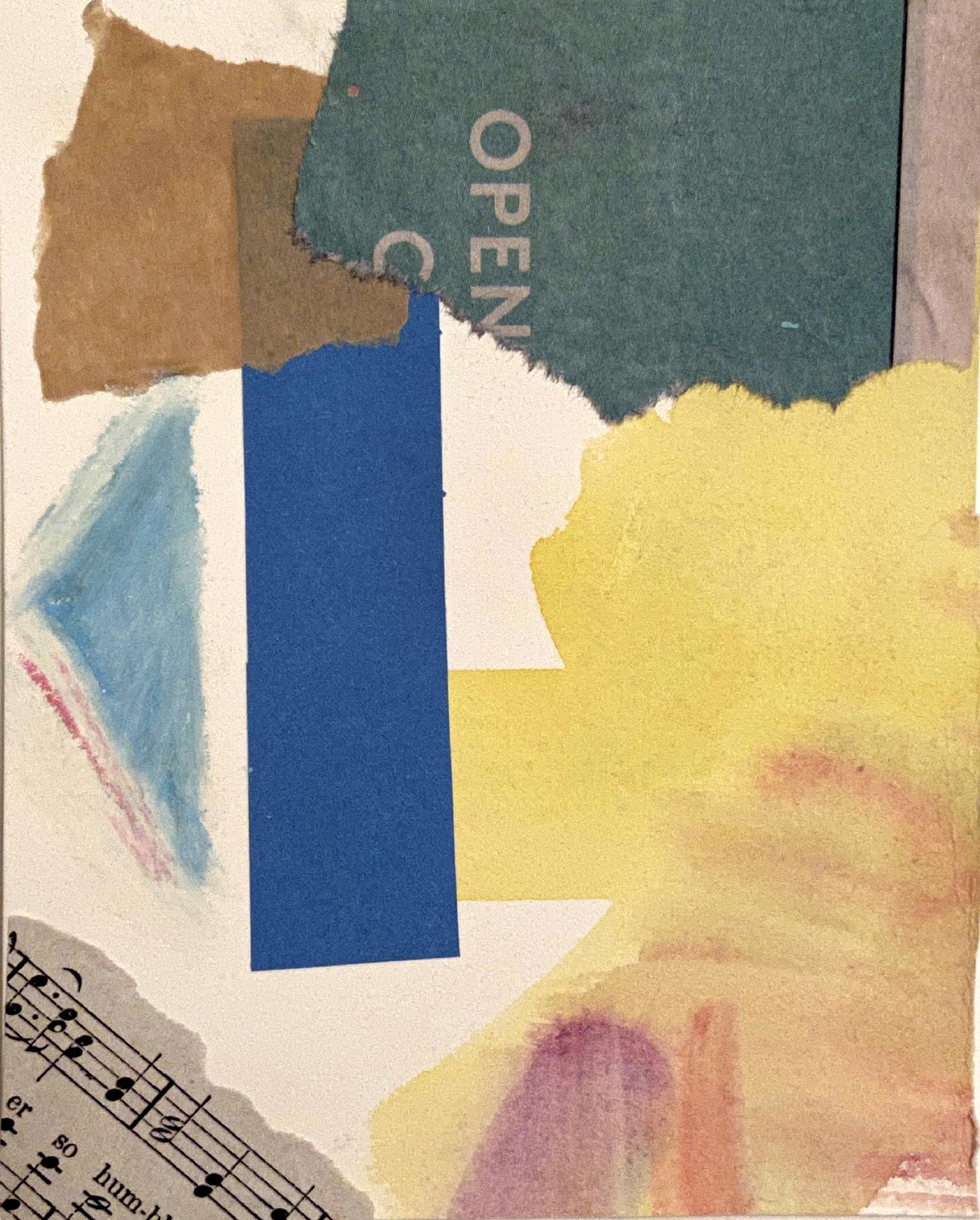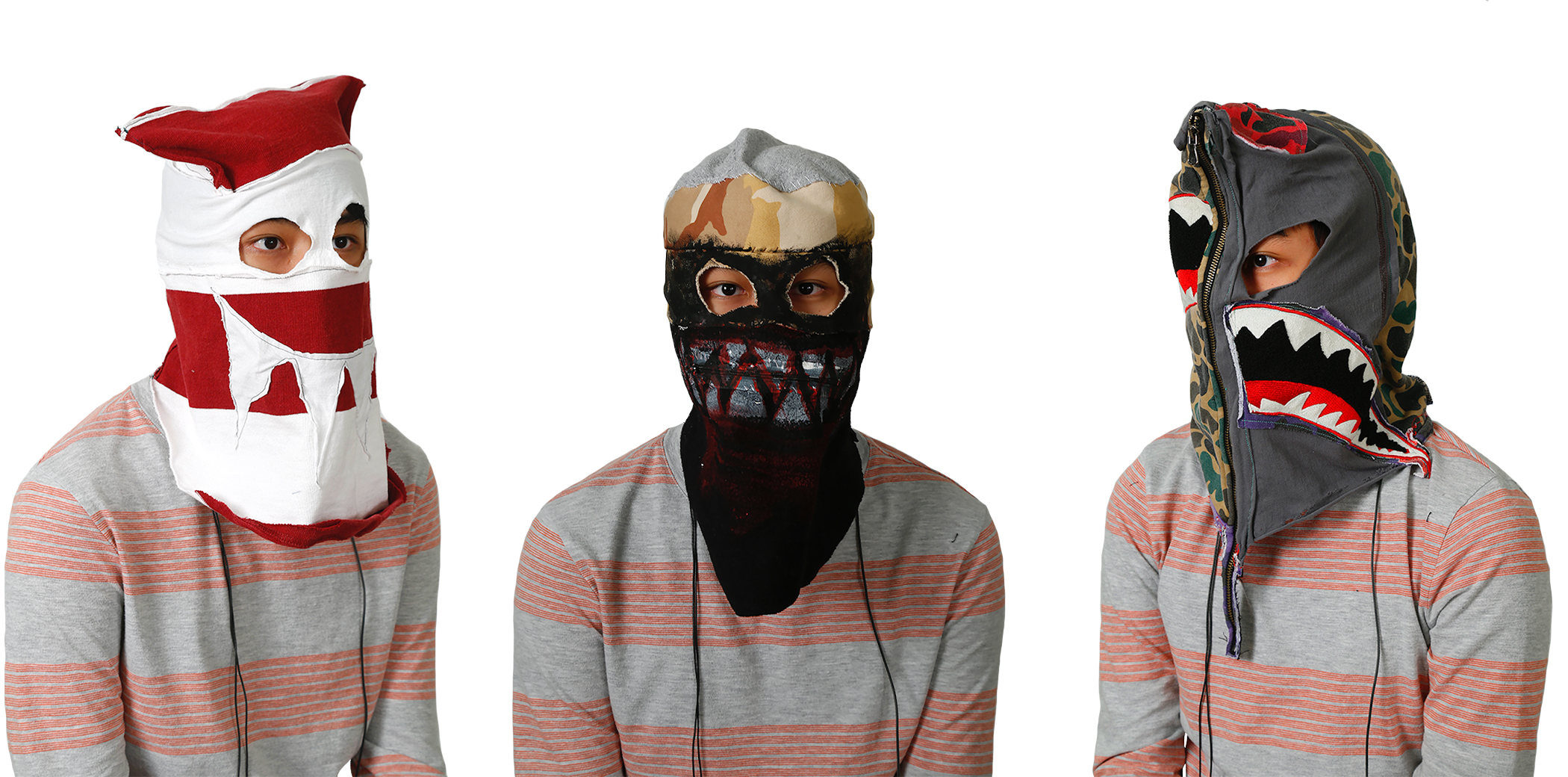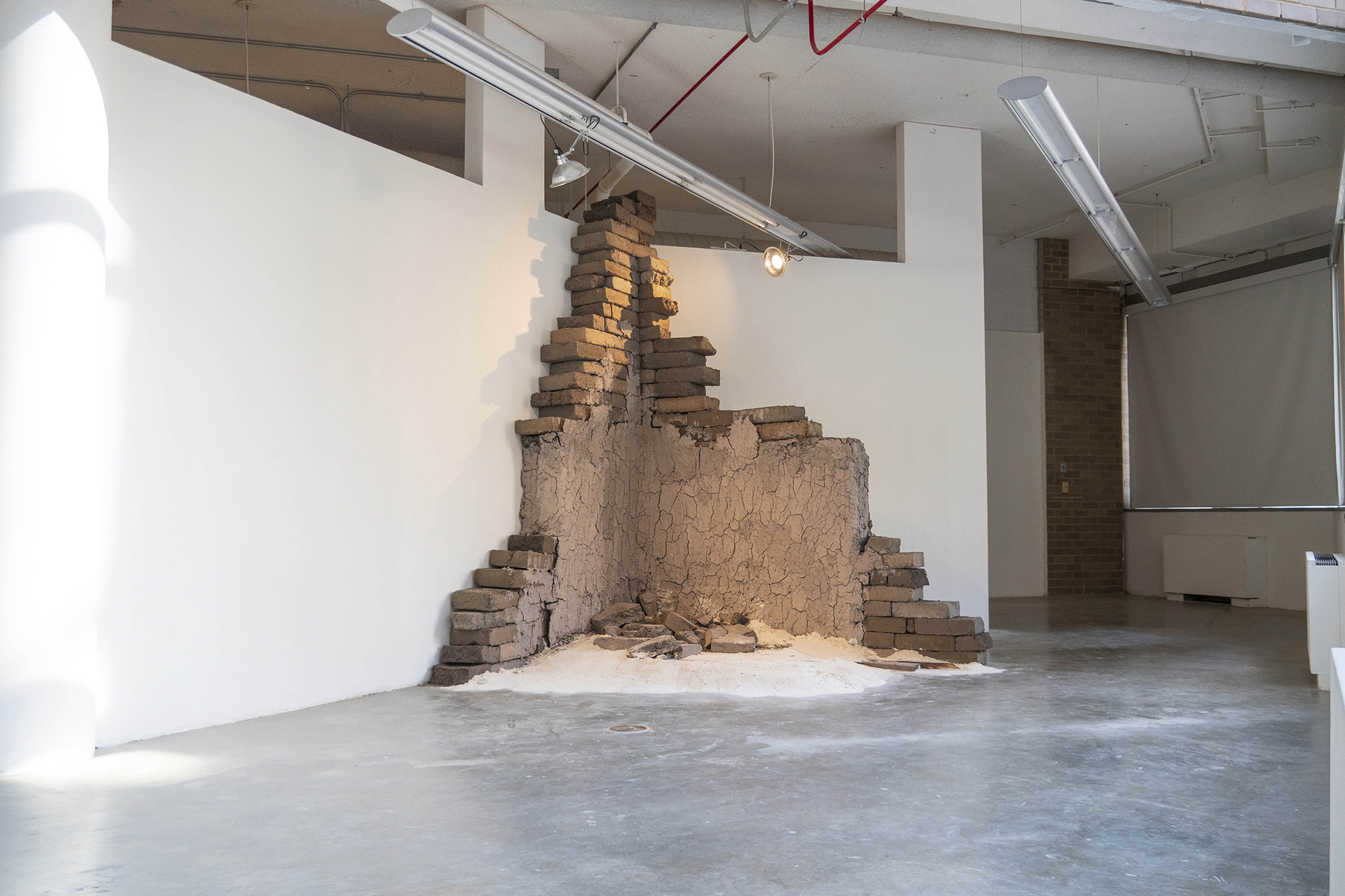The COVID-19 pandemic prevented the Corcoran School of the Arts and Design from hosting its annual thesis exhibition, “NEXT 2020,” but many student artists still found creative ways to complete or rework their projects. Below, a few sample exhibitions from the NEXT that never was.

Heesang 'Robin' Cho, B.A. '20, is a Korean-American artist born in North Carolina and raised in South Korea. She writes that her thesis, 'Breather,' 'focus[es] on giving myself the breathing space necessary to release my complex emotions in the form of art.'

Robin Cho's collages are created from mixed media and found objects, including but not limited to paper bags, strings and tea bags.

Joey Enriquez is a master of fine arts degree candidate making digital art, photography, prints and sculpture. This work, 'deserto deserto,' recreates the adobe house ruin in Garfield, N.M., where the artist's great-great-grandmother and her daughter lived, and in which where they were killed by Joey's great-great-grandfather in 1914.

According to the artist's statement, 'By recreating part of the adobe house that is still standing today, Joey investigates the resilience and survivorship that characterizes things that inhabit the desert. As they construct the adobe bricks themselves in D.C., it symbolizes the materiality of the wall itself...its removal from the desert points to the literal and metaphorical removal of the family unit from the actual adobe house.'

Sam Gardner, B.F.A. '20, is the founder and owner of Pancakes'a label that originated as a custom shoe store and has evolved to selling handmade original clothing made from recycled materials and all types of art. Each item has a unique identity of its own and is made through sustainable practices.

Courtesy Sam Gardner.

Issac Jones, B.F.A. '21, combines his traditional fine arts background with a journalistic sensibility to tell stories focusing on social issues. His thesis, 'No Miraculous Ram,' became a way for Isaac to explore his personal relationships.

According to Isaac Jonas's artist's statement, 'An exploration of the family unit and cultural expectations is key to understanding the cultural differences between the myriad communities in the United States'While my work is rarely so personal, this served as therapy and a way for me to deeply understand my surroundings.'

Eric Lee, M.A. '20, is a documentary photographer studying new media photojournalism. His thesis, 'Where We're Really From,' followed the Phams family for over a year to explore what Asian-American boyhood looks like. The project was inspired by Mr. Lee's own childhood experiences in Brooklyn, N.Y.

Courtesy Eric Lee

Catherine Leonard, B.F.A '20, is a fine art photographer and artist from Silver Spring, Md. Her thesis, 'The Way By Which I Came,' is based on the uncovering of a series of poems in a sketchbook left behind by her grandmother.

According to her artist's statement, Ms. Leonard uses her grandmother's narrative poetry and creations, in context with her images, to reach a combined understanding of her grandmother's past and her family's present.

Born in Washington, D.C., to a family of diplomats, Patrick Walsh, M.F.A. '20, attributes his love for interior architecture to the traveling he did as a child. As a design student at GW, he has developed a strong appreciation for sustainable and 'biophilic' design'integrating elements of nature into built environments.

His thesis, 'Anacostine Boat House & Nature Center,' seeks to address the disconnect between Washingtonians and the Potomac River. The center will serve as a boating dock, public park, venue and educational center, providing visitors with an opportunity to learn about the history of the Potomac River, its native inhabitants and the impact of climate change on the river.

The design houses a collective for dancers who wish to keep up their practice post-studio training. She hopes to bring contemporary dance to the forefront of community culture by allowing visitors to engage in their own 'dance' through circulation patterns and exploration of the space, mimicking the dance that the primary users participate in.



